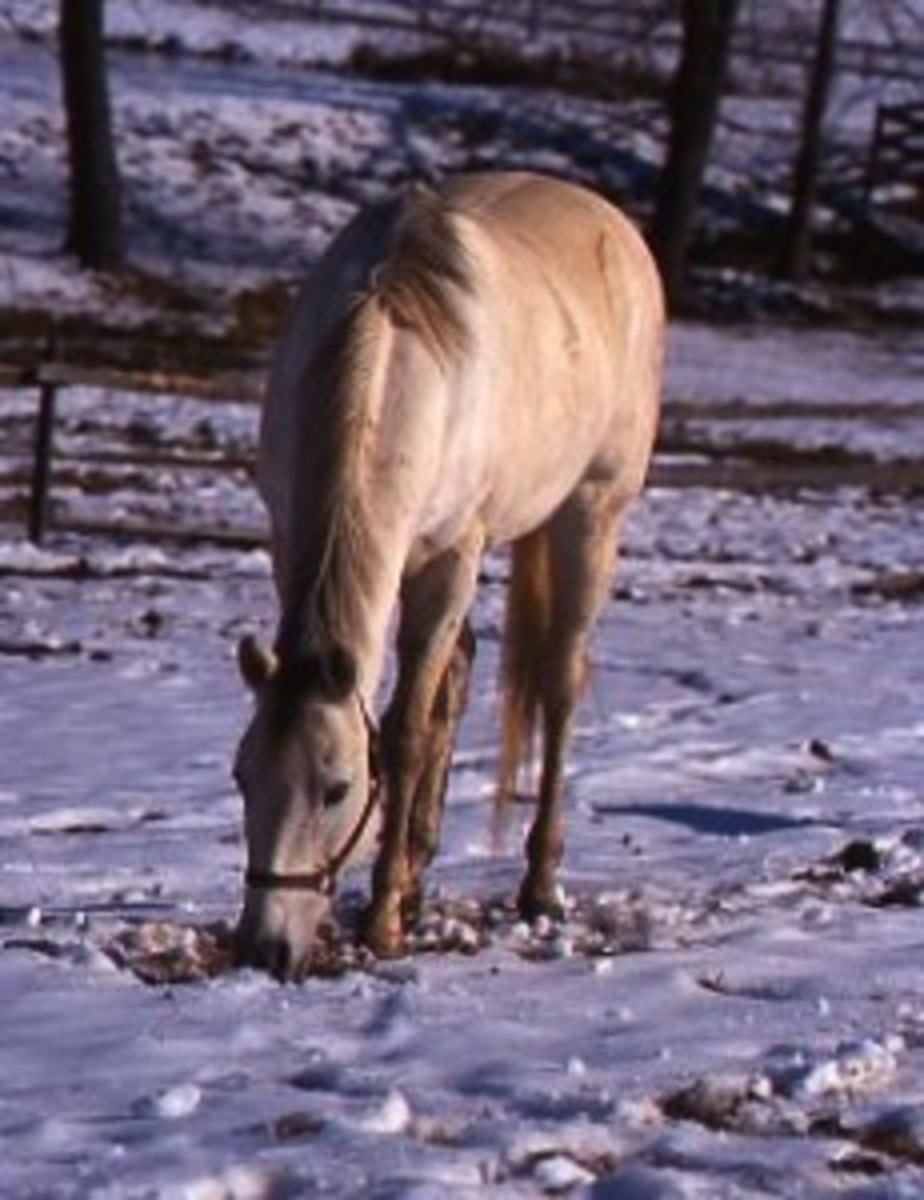Home > Horse Care > Farm and Barn > How Horses Stay Warm
How Horses Stay Warm
- July 25, 2019
- ⎯ Editors of EQUUS
On a chilly winter day, it’s natural for your horse’s coat to seem a bit “puffier” than normal. When he gets chilled, the hypothalamus, the primary control center for thermoregulation located deep within the brain, triggers the contraction of the smooth muscle that attaches to the lowest point of each hair follicle. As a result, each hair straightens up and stands on end. This extra fluffy coat creates a large insulating pocket of air right next to the skin. The same reaction, called piloerection, is what causes goose bumps in humans.

Keep all of this in mind if you decide to blanket your horse this winter. A lightweight blanket will simply press the hair down and eliminate the coat’s ability to hold and heat air, without adding any warmth. Either opt for a heavier blanket or, if your horse’s natural winter coat is thick, leave him without a blanket as long as he has adequate shelter.
A fluffy coat is not to be confused with one that is “staring,” however. Horses who are suffering from a systemic illness can have a coat that appears to stand on end. This is caused by poor circulation and a lack of oils in the skin, resulting in dandruff and scurf. If your horse has a staring coat, call your veterinarian.
This article first appeared in EQUUS issue 424.





